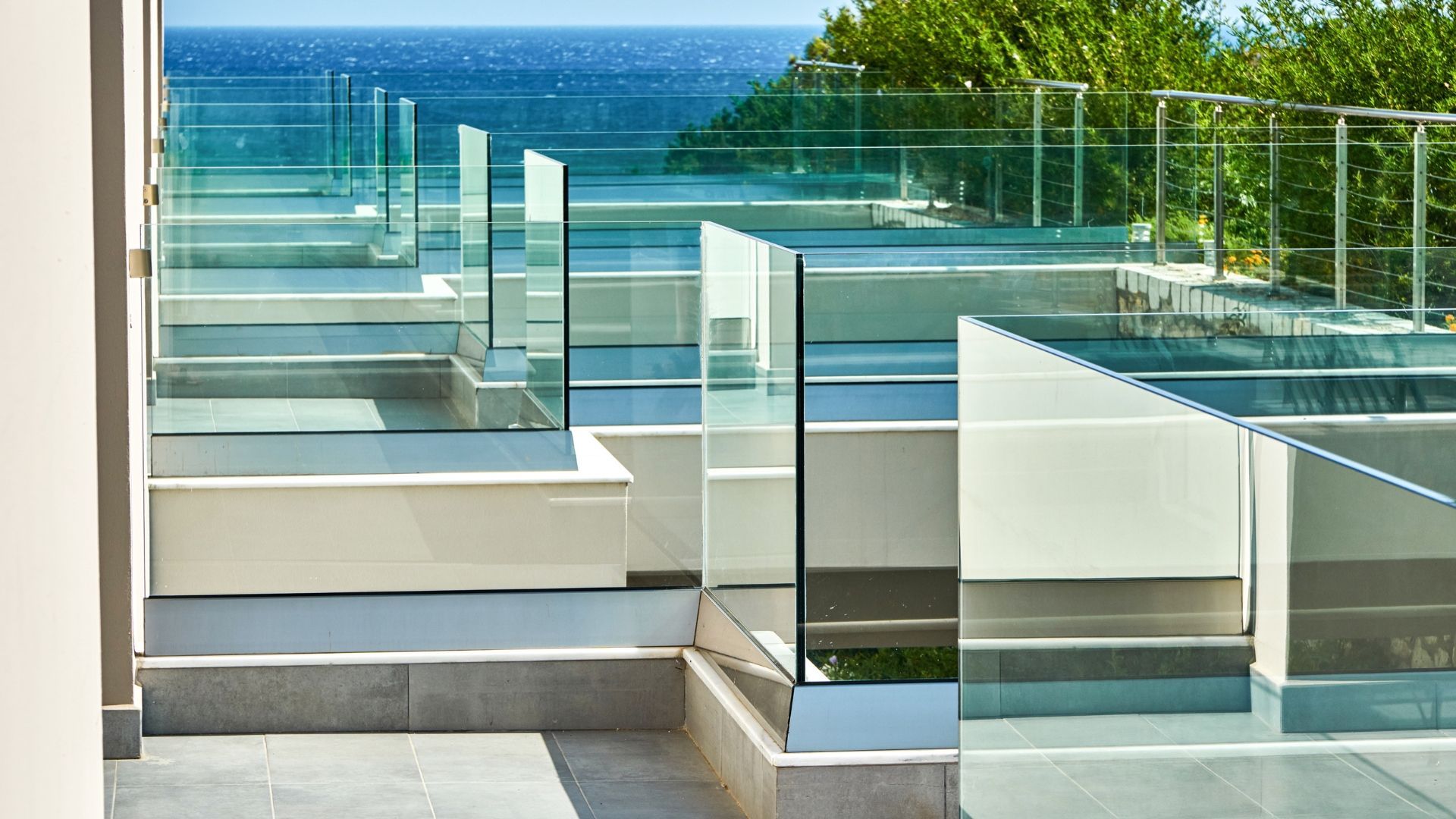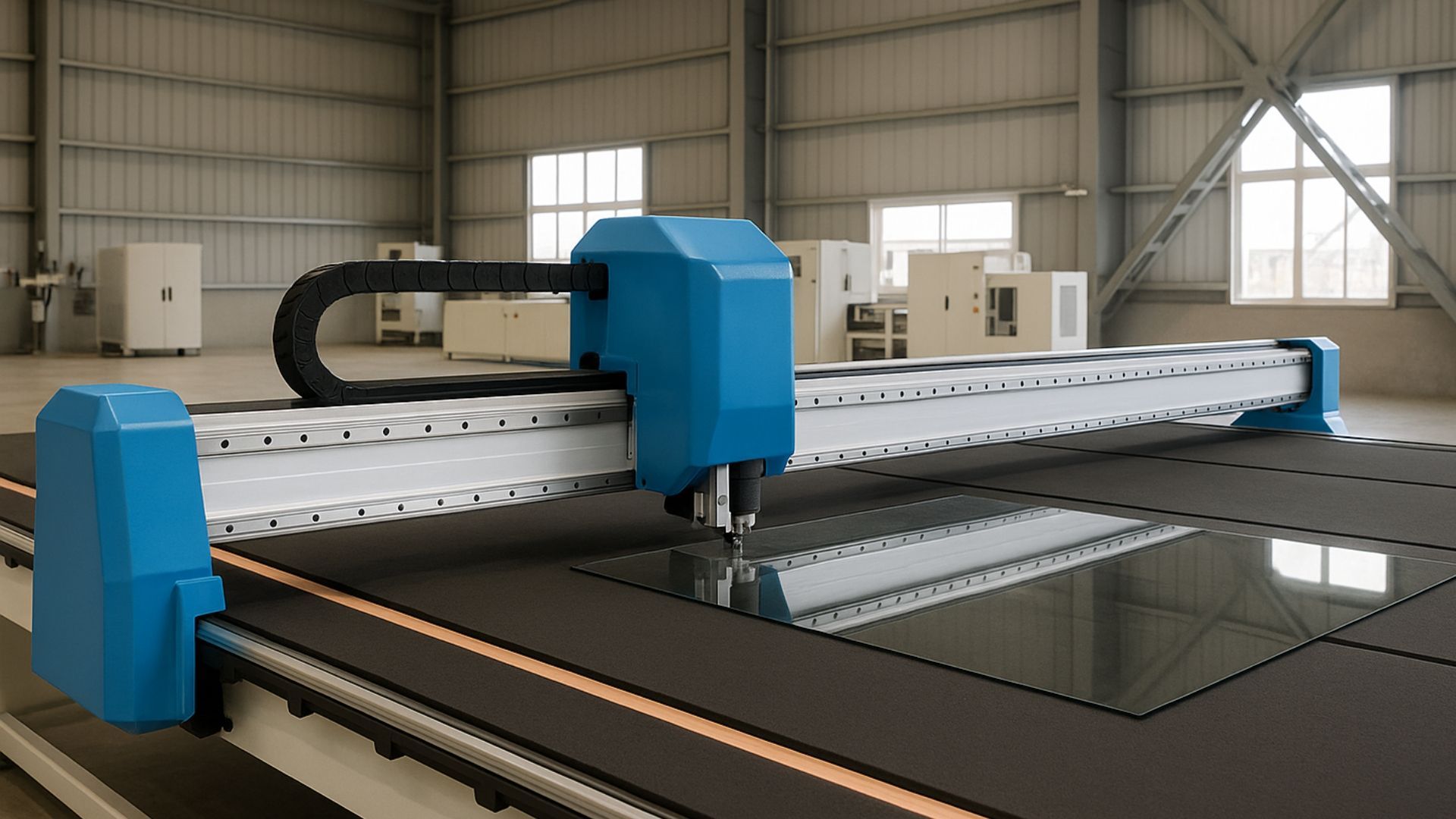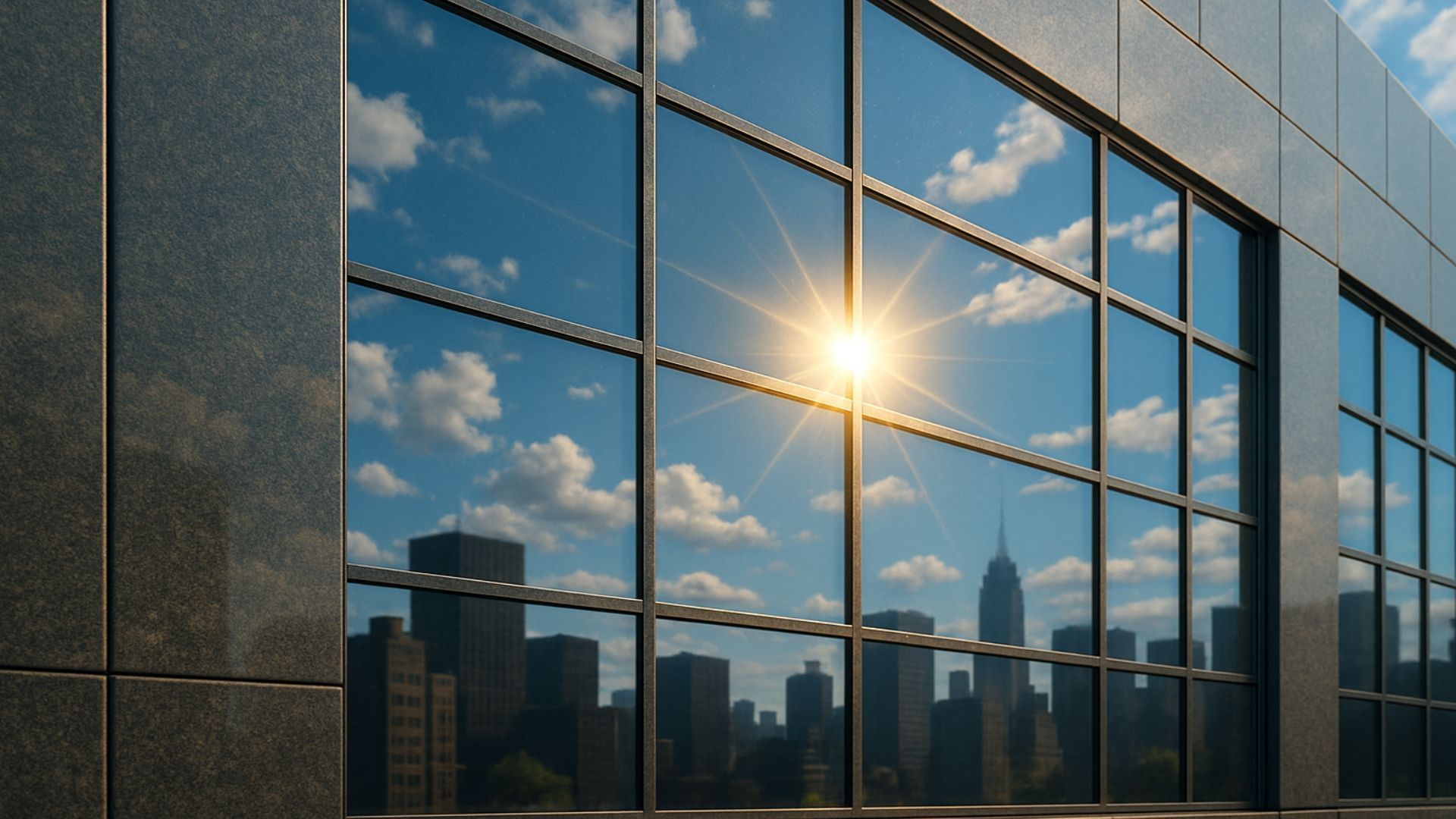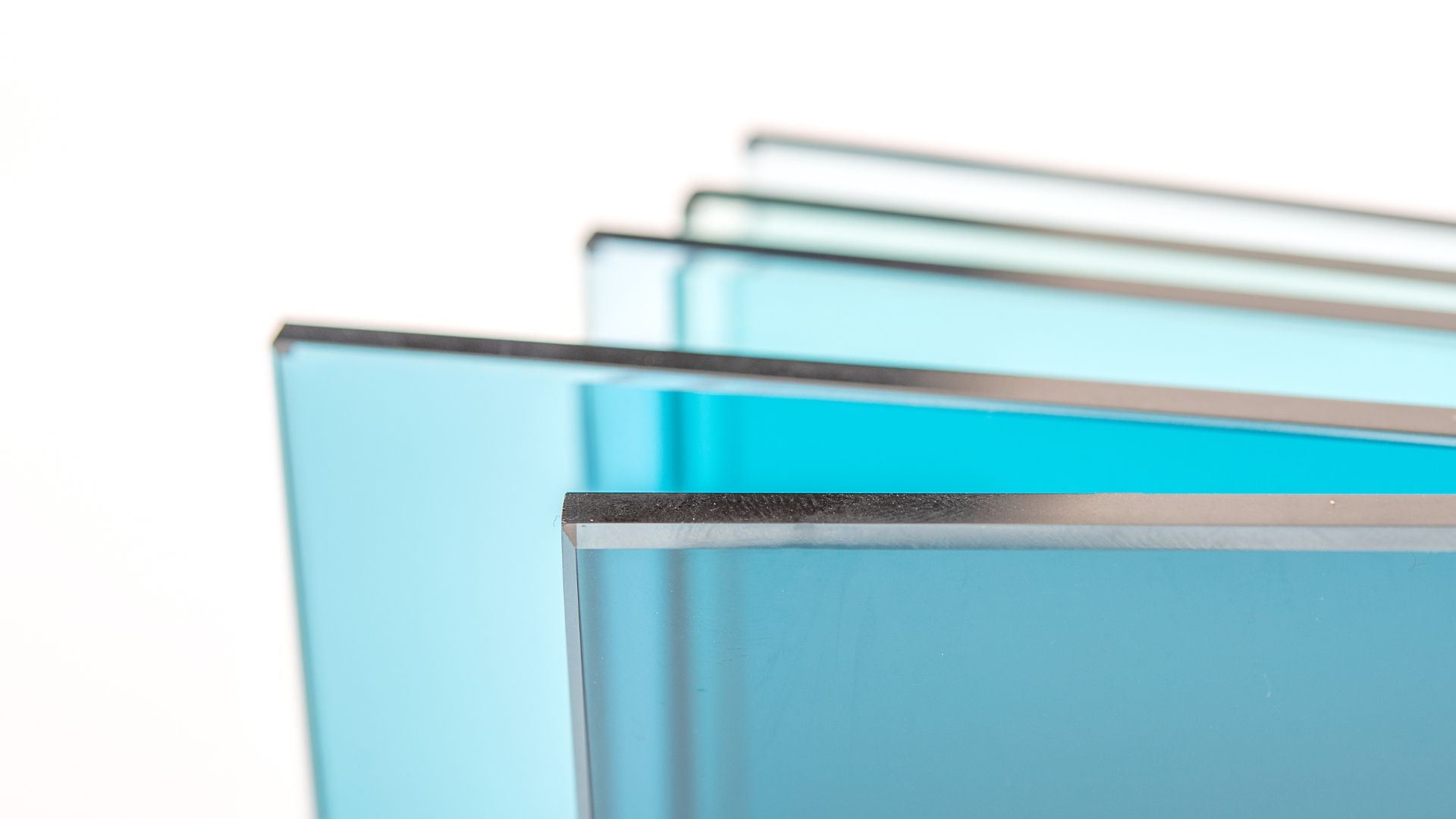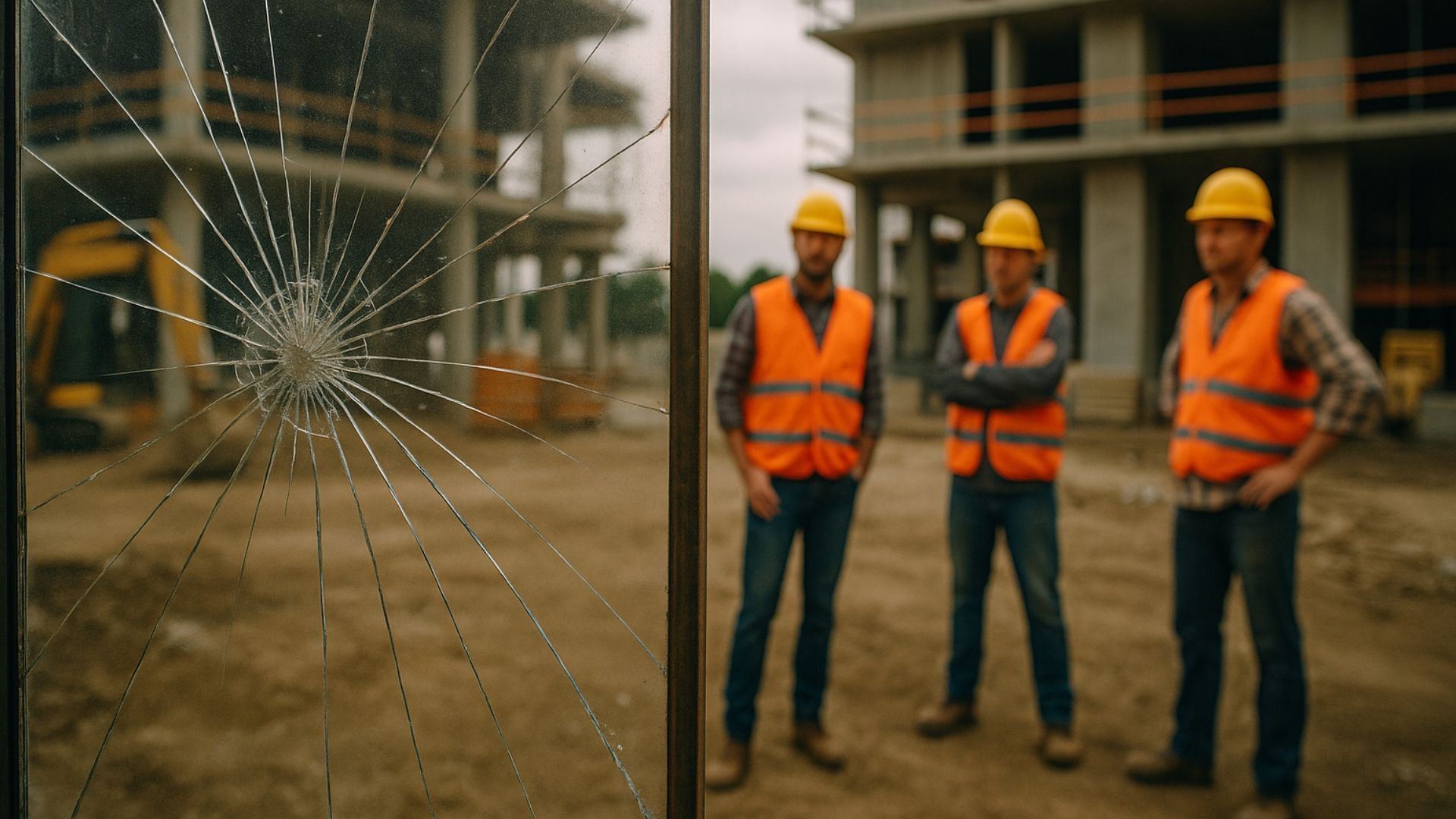Laminated or tempered glass skylights: which should you choose?
Share this blog:
When installing a skylight, should you choose laminated or tempered glass? Let's discuss the pros and cons.
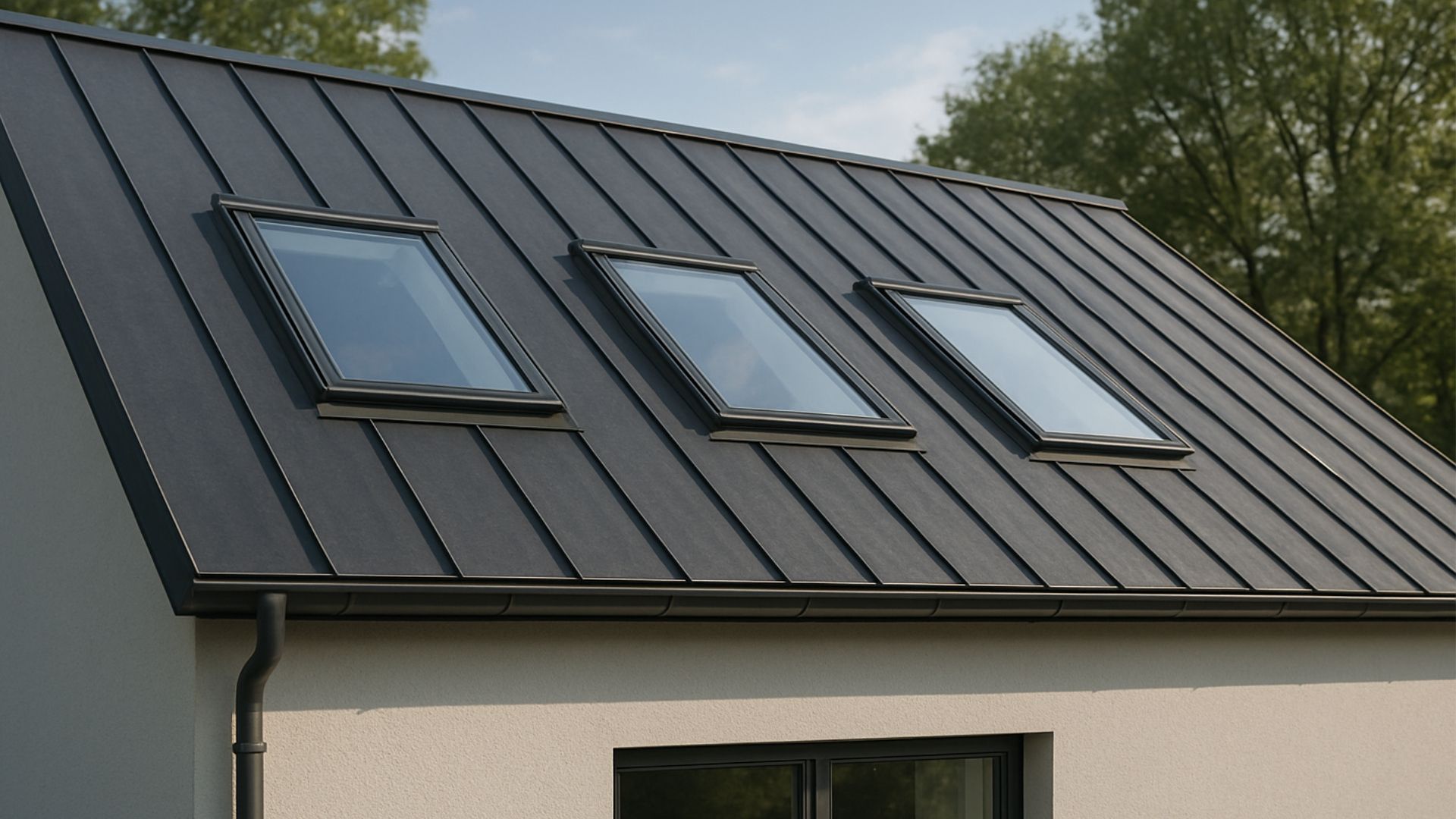
Ah, daylight. Not only is it an invaluable source of Vitamin D and suntans, but it can also transform a room, whether in a residential or commercial property.
Despite the benefits it confers on our health and well-being, many buildings aren't designed with natural light in mind. Anyone reading this will know what we're talking about: offices and homes that rely on electric light to feel halfway liveable.
Thankfully, there are plenty of ways you can maximise the natural light in a building. You can install more or bigger windows and doors. You can add mirrors and light-filtering curtains. And you can install a skylight in the roof, letting the light come flooding in.
A skylight can do wonders for a room. It's not just that it maximises the amount of natural light. It can also improve ventilation, give the room a facelift and even increase the property's resale value. What's more, a skylight reduces the need for electric lighting, lowering your bills in the process.
But before you rush to your nearest skylight installer, there's one question you should ask: should your skylight glass be laminated or tempered?
To answer that question, we must first explore the differences between the two.
What's the difference between laminated glass and tempered glass?
Laminated glass and
tempered glass (also known as "toughened glass") are both kinds of safety glass. This is a broad category of glass products referring to glass that's built for locations where additional safety is critical.
To take one clear example: if there's a chance that broken glass from a window could fall on someone, safety glass is a must.
Though they're both kinds of safety glass, however, they're different in important ways. These differences come from the way they're manufactured.
Laminated glass consists of two or more sheets of glass with a plastic interlayer sandwiched in between. These layers make the final glass product exceptionally hard to break – and when it finally does, a spider-web-like pattern spreads across the surface, the glass itself staying within its frame.
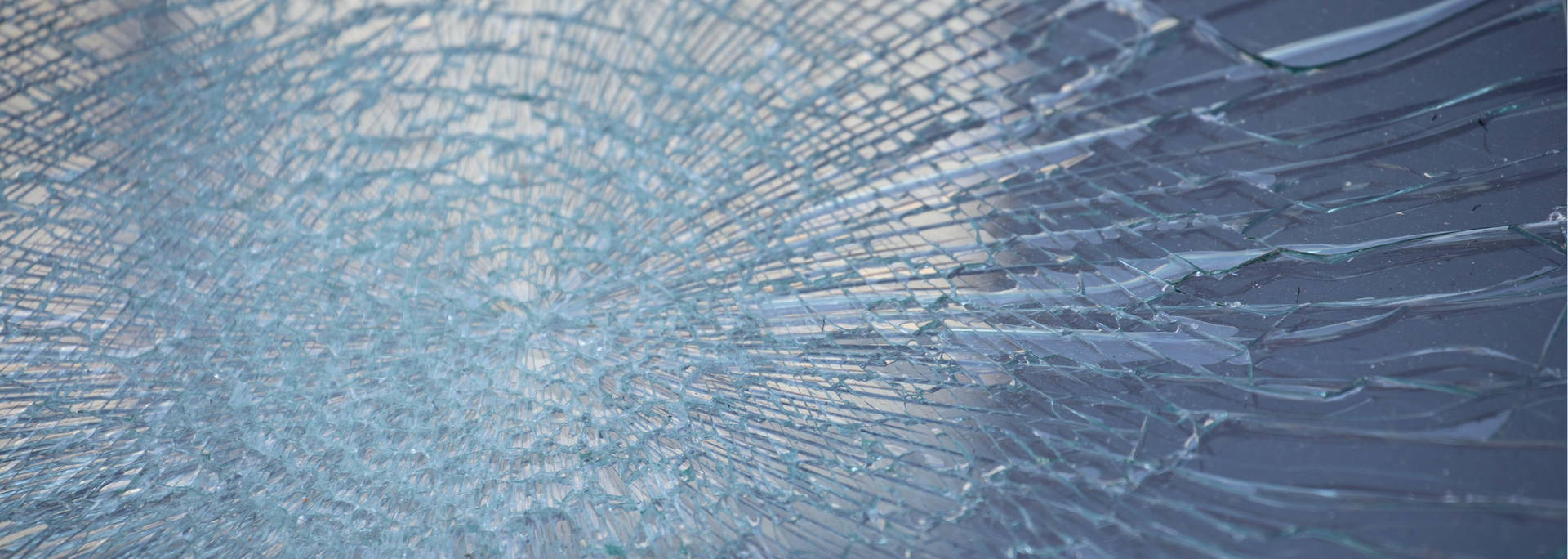
This structural integrity makes laminated glass ideal for applications where the glass will take a heavy load. If the glass is to be walked on, for instance, laminated glass is the go-to product.
Toughened (or tempered) glass, by contrast, is built to break in a different way. It's around five times tougher than standard glass. And when it breaks, it breaks into lots of small, relatively harmless pieces – no jagged, sharp-edged shards.
This breakage pattern is a result of the manufacturing process. The glass is heated at a high temperature and then rapidly cooled (quenched). This sudden temperature change excites the molecules in such a way that when the glass breaks, it breaks into smithereens.
Those are the key differences between toughened and laminated glass. So, which is better for a skylight?
Laminated and toughened glass: which is better for a skylight?
Sometimes, this question is answered for you by national building regulations. At certain heights above ground, laminated glass is essential.
If this doesn't apply to you, the choice between laminated and toughened glass is in your hands. There are two main factors to consider: the amount of sun exposure and the amount of environmental noise you expect in your building.
If you live in an area that gets a lot of sun exposure, you may want to get a laminated glass skylight. This is because laminated glass blocks more UV rays than toughened glass. Over time, these rays can fade your interior. It's worth noting, however, that toughened glass also blocks a lot of UV rays.
Then there's the question of noise. Laminated glass has better soundproofing qualities than toughened glass. If you live in a noisy neighbourhood, you may want to invest in laminated glass to make your skylight double up as an acoustic barrier. (It's worth noting, however, that you need specialised
acoustic glass and a matching frame to achieve the best possible results.)
If neither of these factors applies to you, however, you may want to invest in toughened glass as a more affordable option.
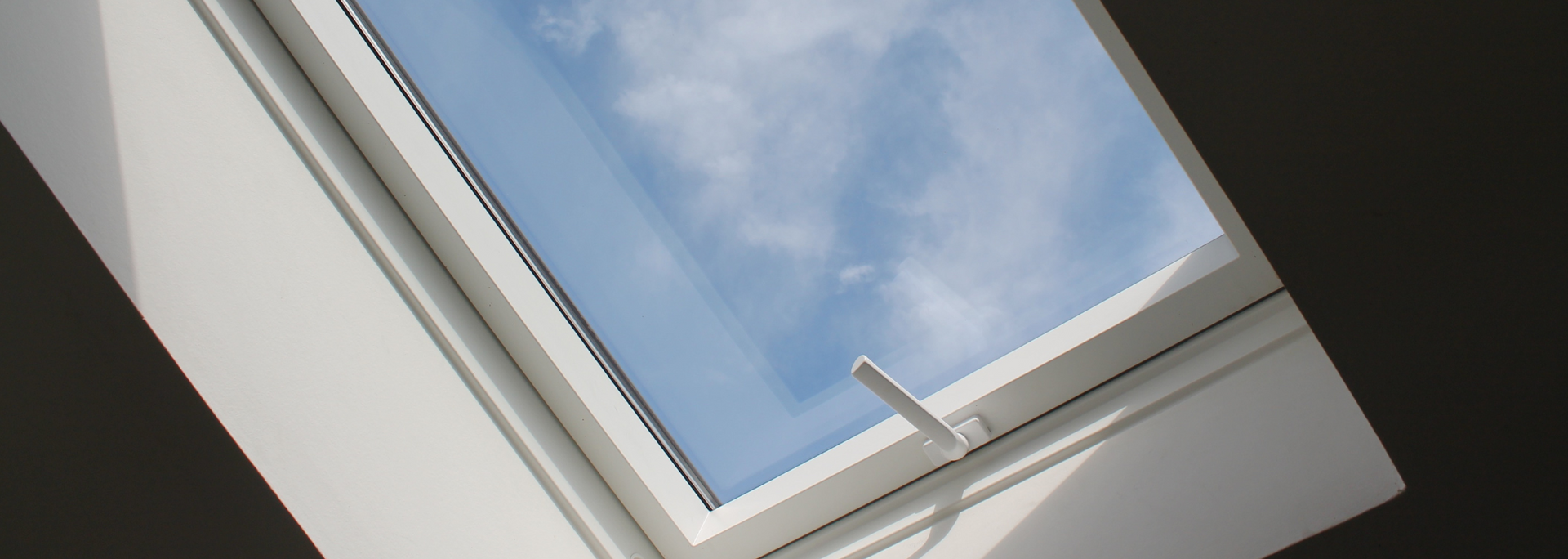
Before you do, however, you should be aware of the way toughened glass breaks. A skylight is unlikely to shatter without extreme force being applied. But if it does, you're left with smithereens on the floor and a hole in the roof. This is unlikely to be a problem – but it's worth keeping in mind.
When a laminated glass skylight breaks, by contrast, it retains structural integrity. This means the skylight is still in place as you wait for it to be replaced.
What are the main types of skylights?
There are three main types of skylights: fixed, ventilating and tubular. Each has different benefits depending on what you want from your installation.
A fixed skylight is the cheapest and most straightforward of the three varieties. It lets light in but doesn't open for ventilation. Fixed skylights can be flat, round or dome-shaped.
Ventilating skylights, as the name suggests, can be opened to let fresh air circulate. They're sometimes called "roof windows" and can be operated manually or by electric or solar power.
Finally, there are tubular skylights, also known as "sun tunnels" or "solar tubes". These use a reflective tube to direct sunlight into interior spaces. The "lens" is typically made from polycarbonate or acrylic.
What should you look for in laminated and tempered glass products?
Before you invest in laminated or toughened glass, you should be sure it's been sourced from an accredited and experienced processor. Safety glass should always be manufactured in accordance with BS EN standards. You should also look for the Kitemark stamp of approval.
Sourcing safety glass from the best gives you peace of mind that you're investing in high-quality materials – a must when installing glass in a critical location like a skylight.
Are you in the market for laminated or toughened
glass for roofs? We can supply high-quality glass in all shapes and sizes.
Get in touch with ToughGlaze today for a quick, competitive quote.

